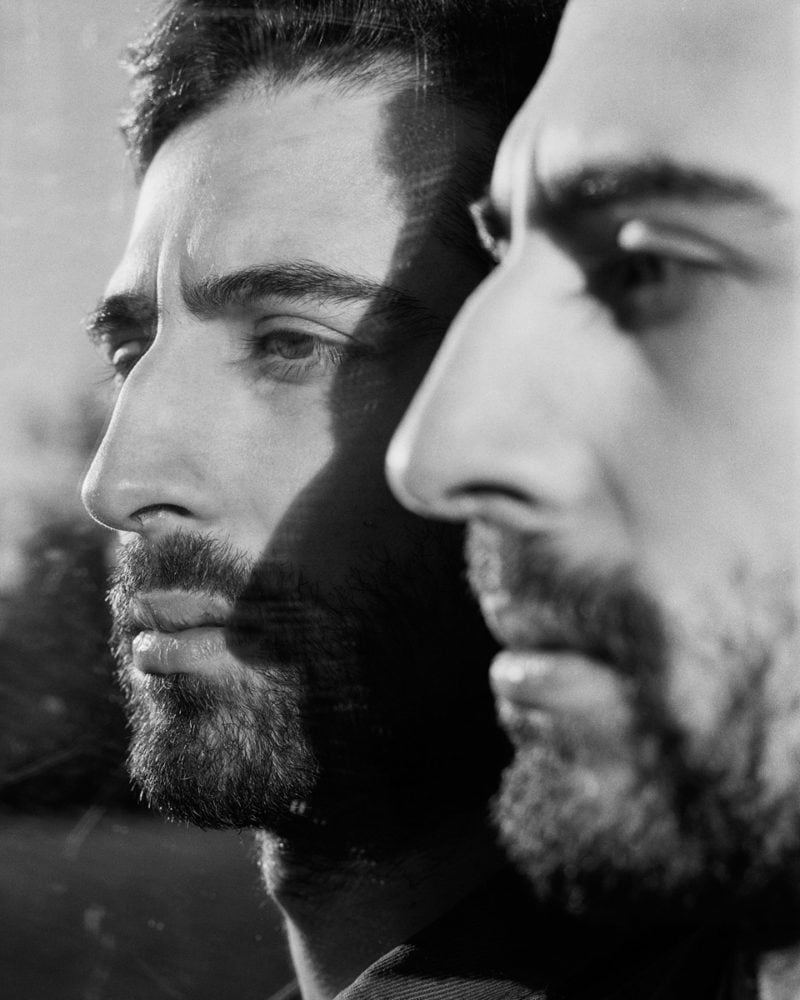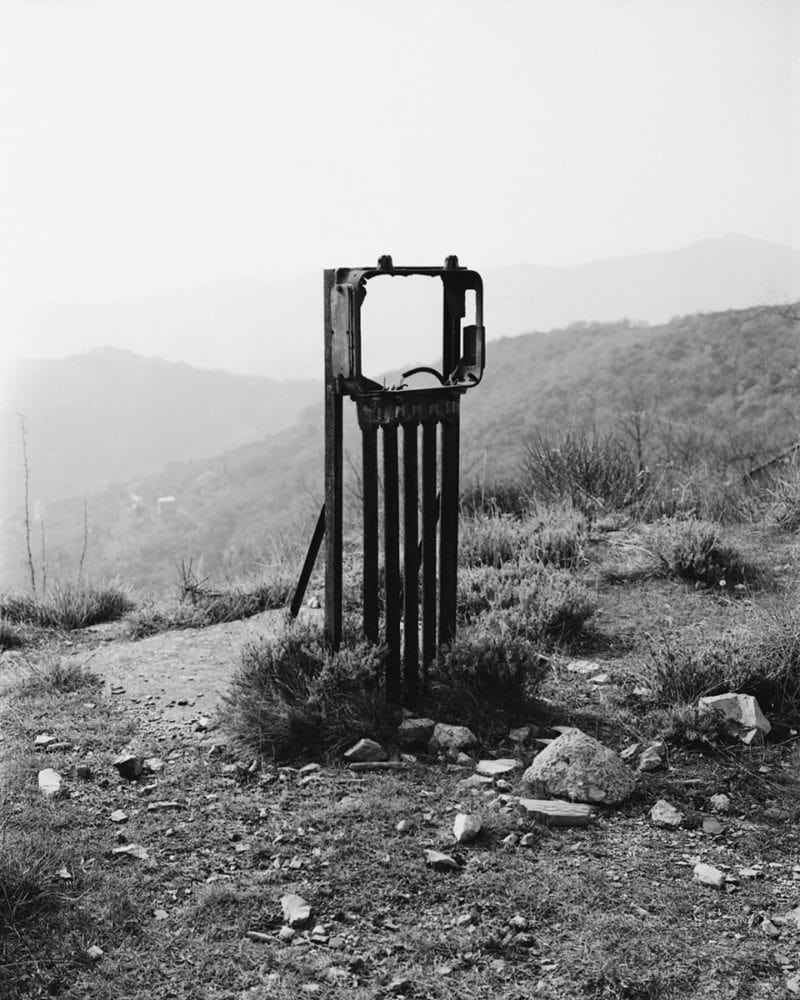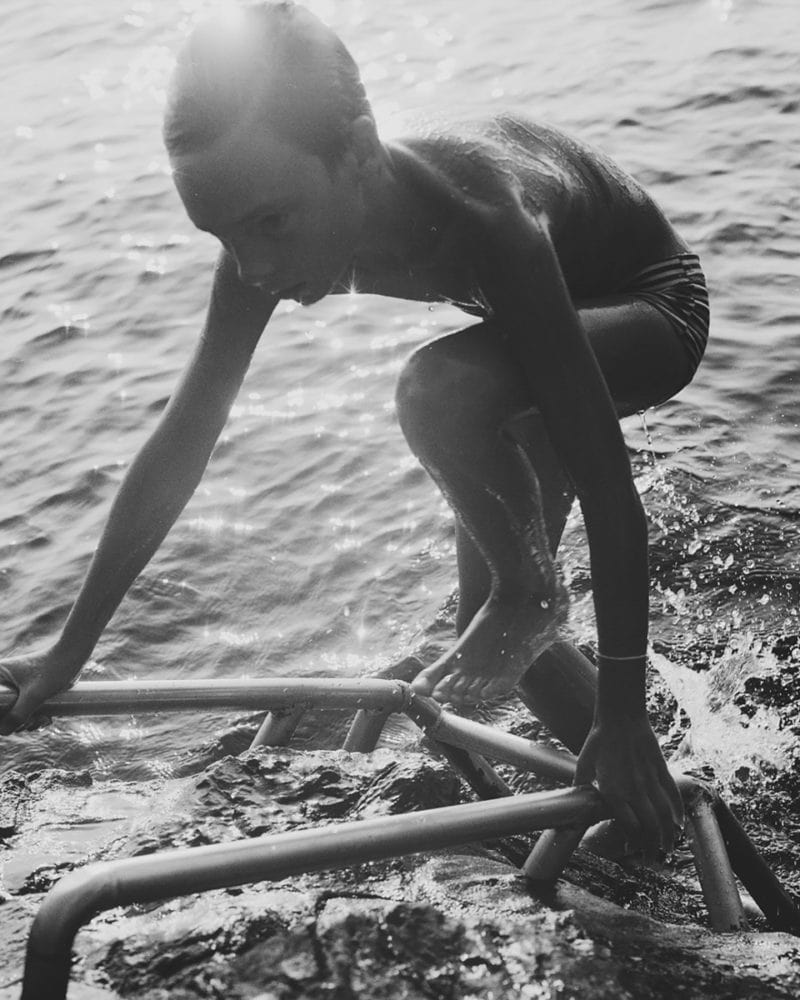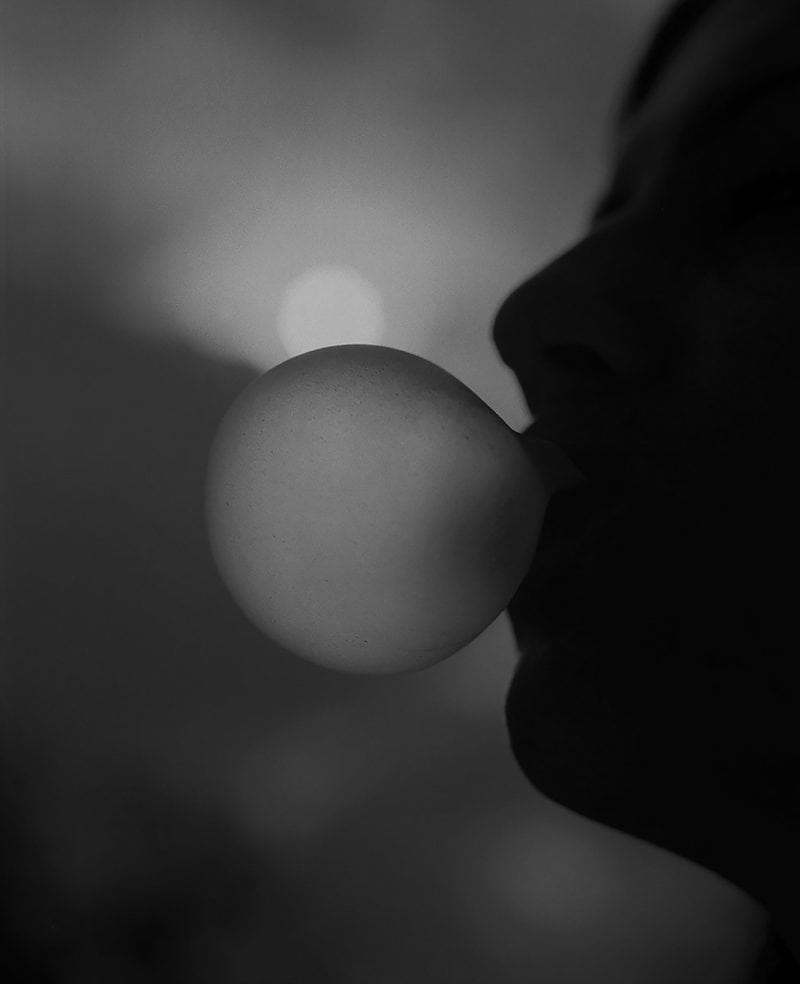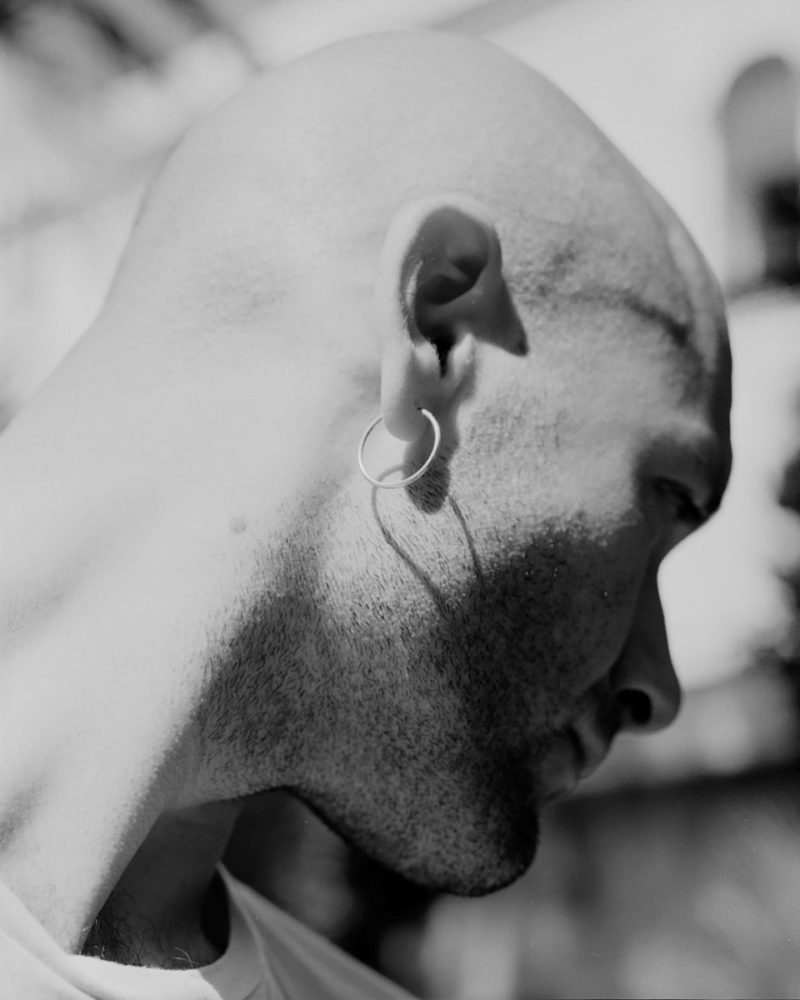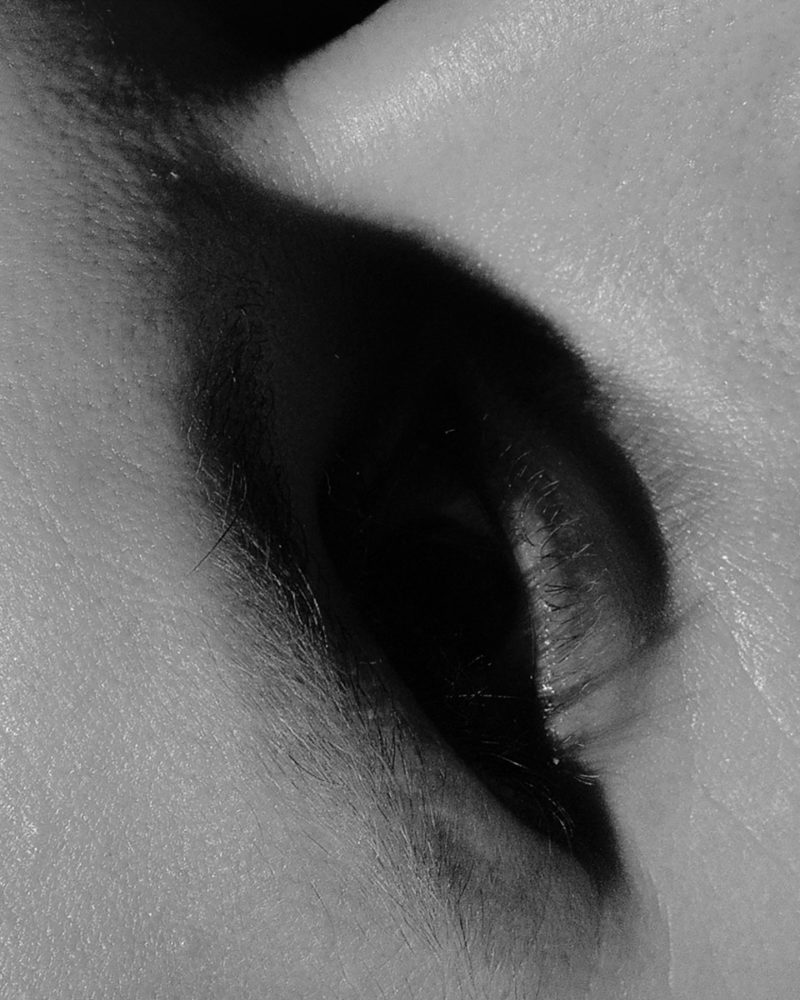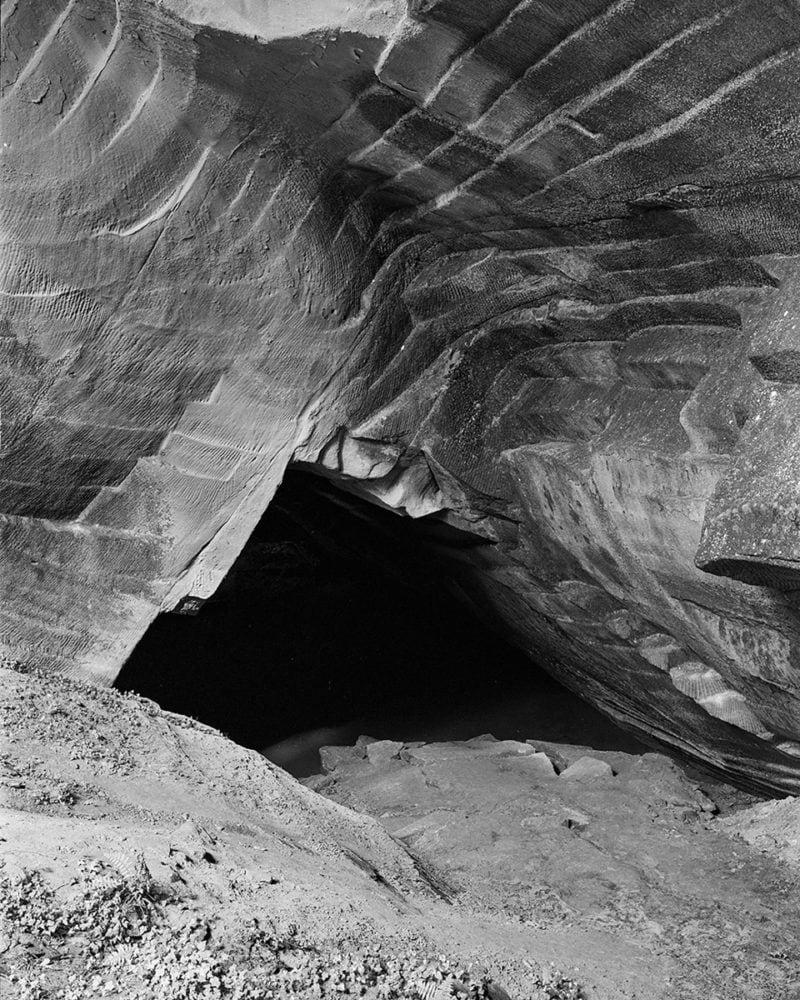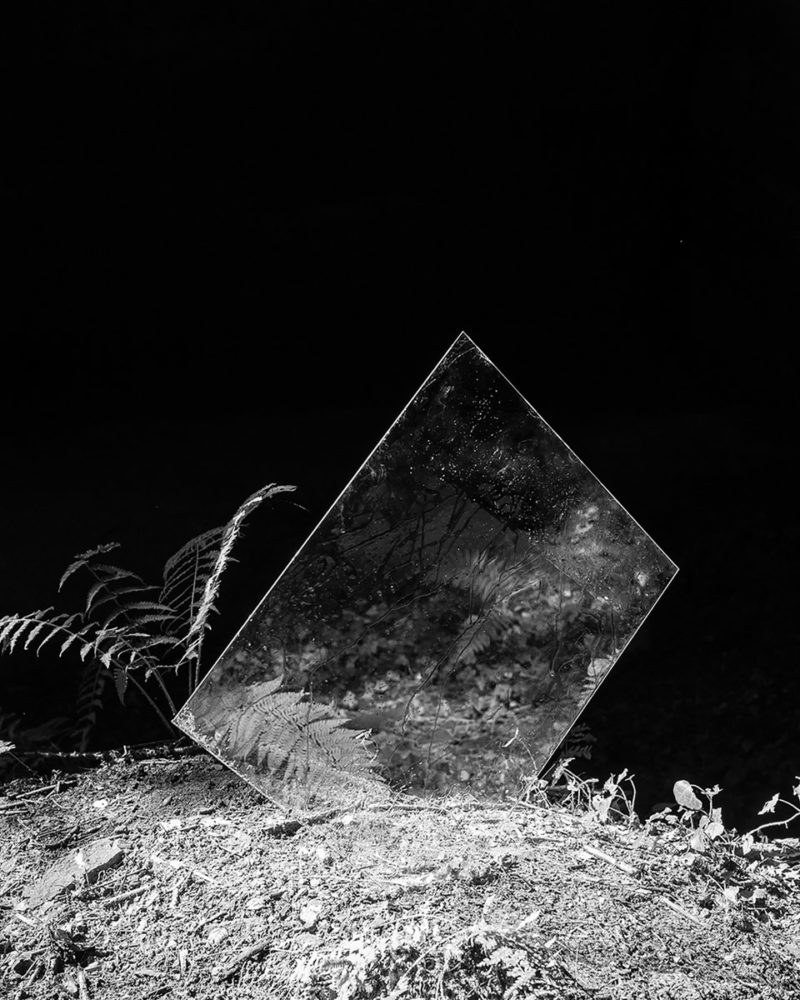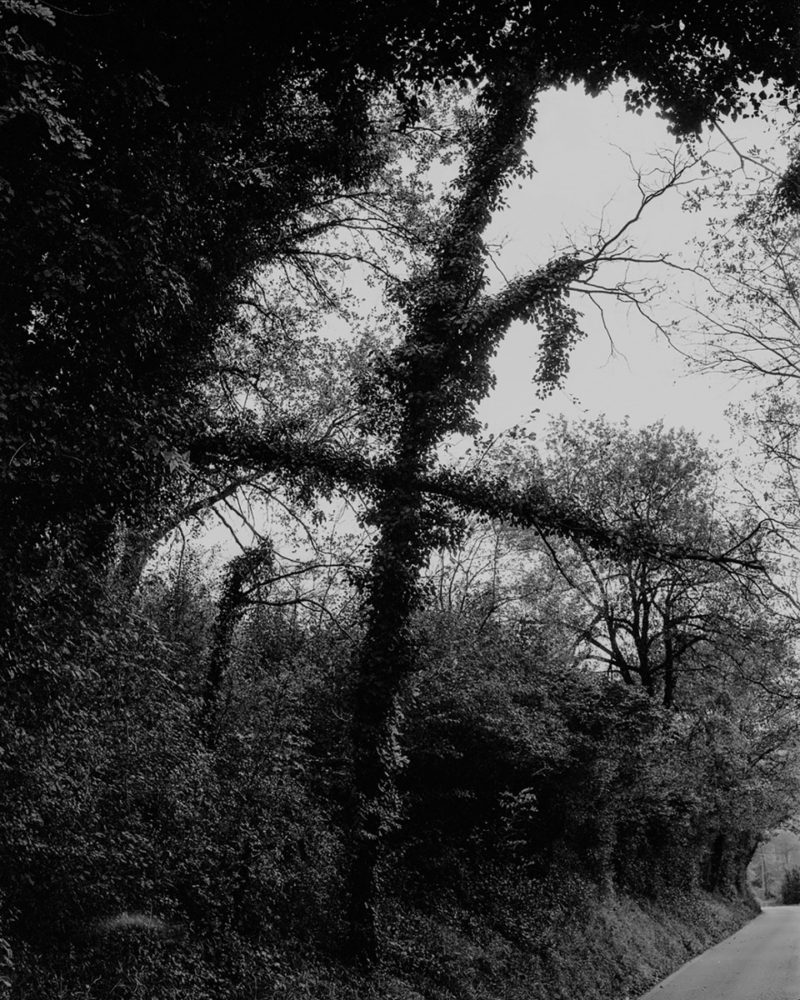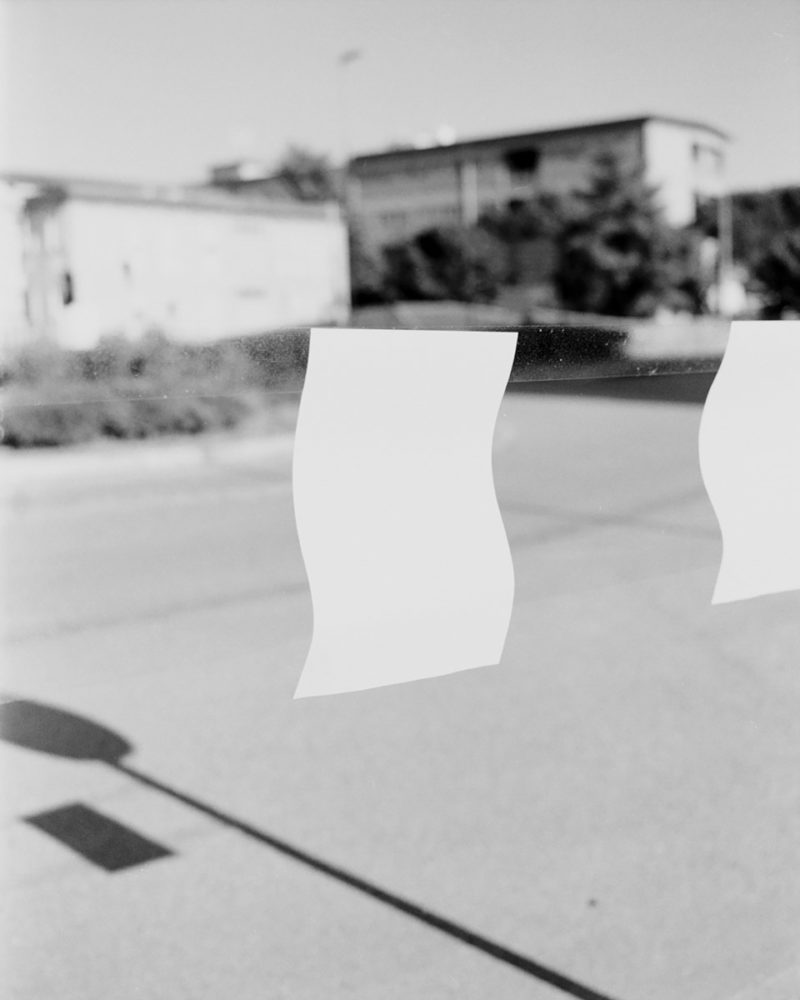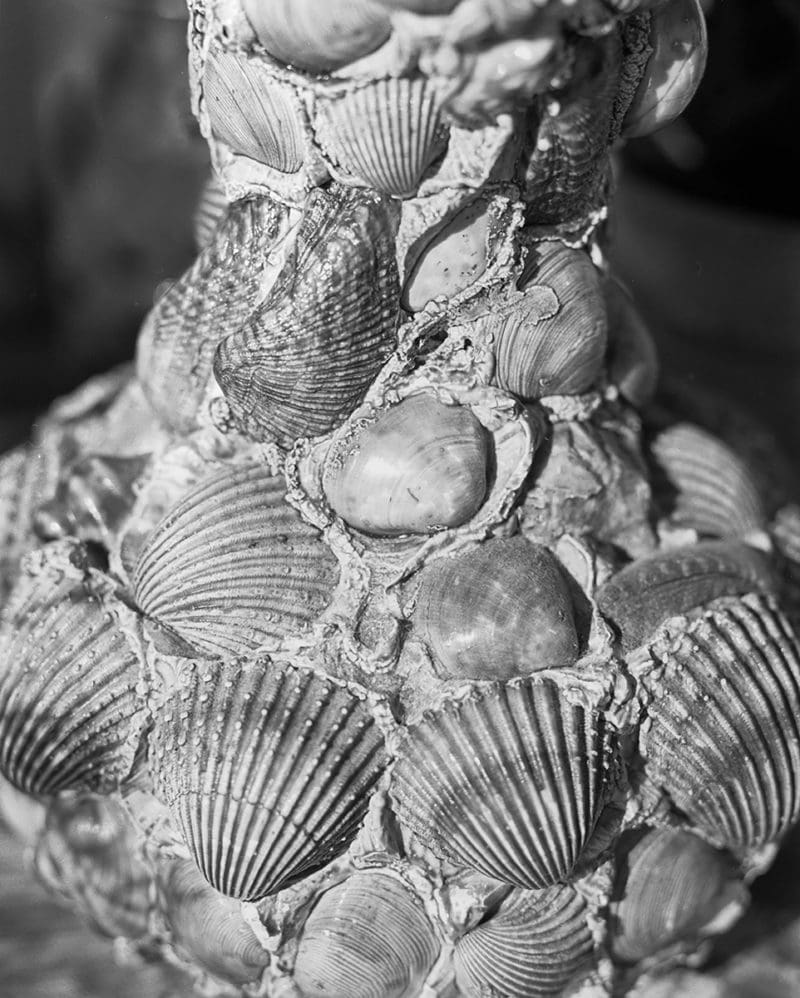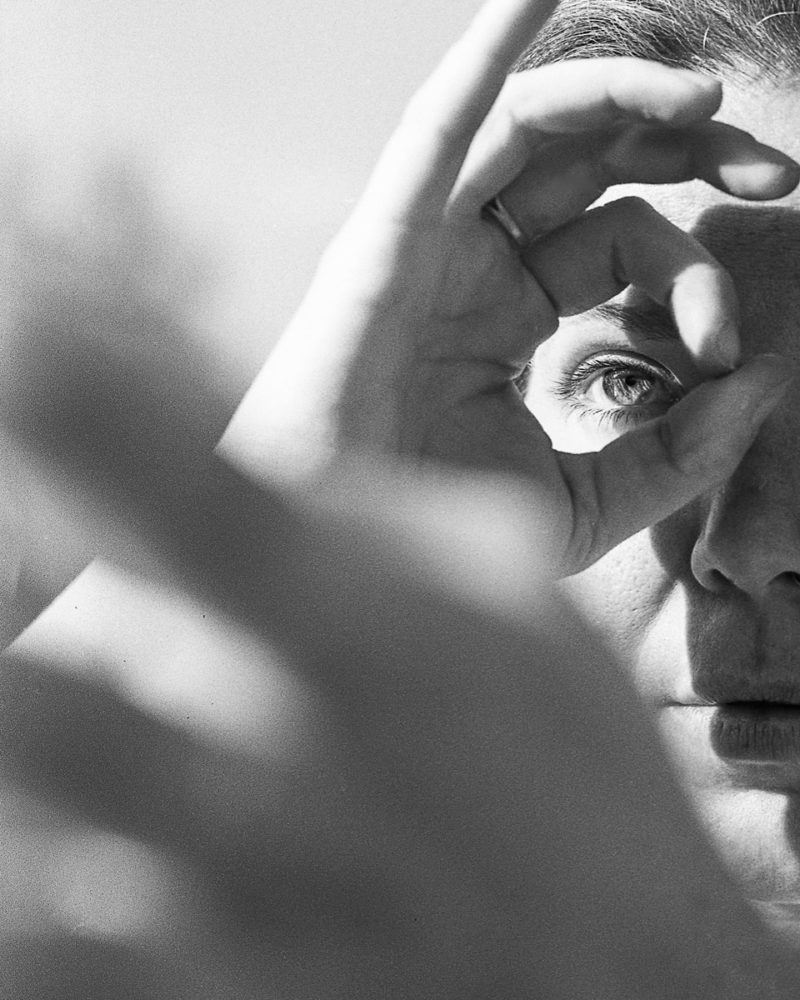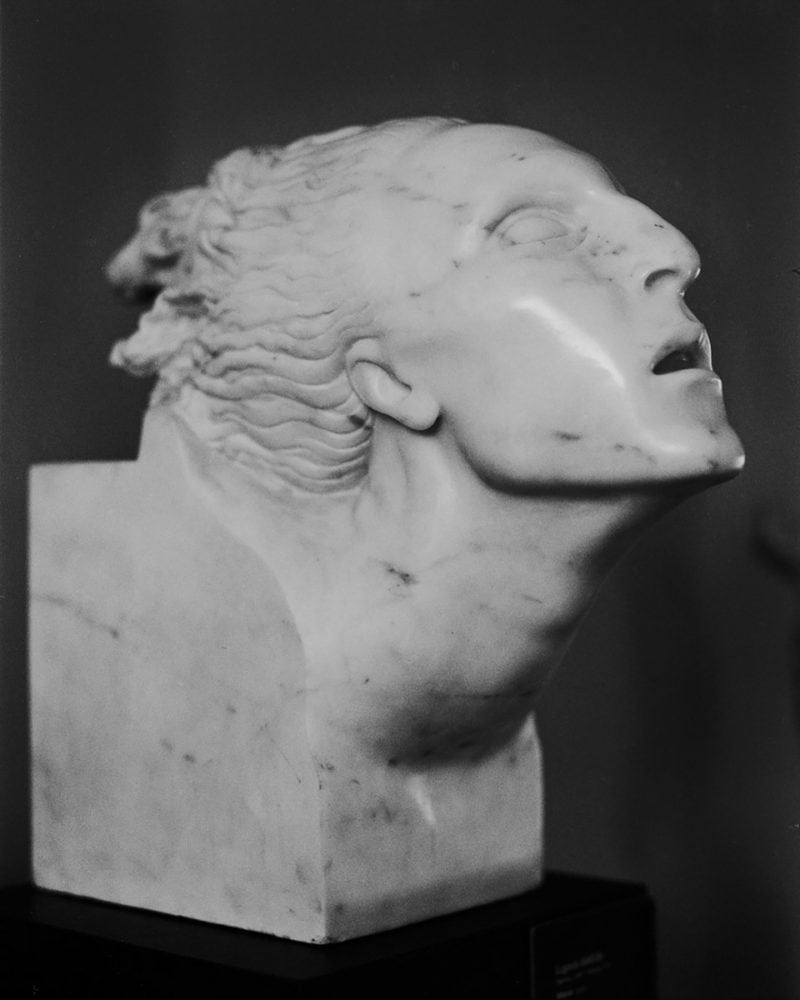This is an unpublished project premiered today on C41 Magazine.
Piergiorgio Sorgetti was born in Atessa in 1988. He studied Visual Arts at the University of Bologna and Photography of Cultural Heritage at ISIA Urbino. He currently lives and works in Bologna.
During 2018 he was selected for the artist residence curated by Ardesia Project In Between Shores with 4 other international authors. He has exhibited his work in several group exhibitions including Abitare il Deserto, curated by Cesare Zaffagnini and published by Osservatorio Fotografico, The Sky Open Twice at the gallery Jest in Turin and at The Print Space Gallery in London for the Palm Photo Prize award.
Mattia Parodi was born in Genoa in 1989. He studied Industrial Design at the Faculty of Architecture of Genoa and Photography of Cultural Heritage at ISIA Urbino. He currently lives and works in Milan. In 2016 he was selected for the project Abitare il Deserto, curated by Cesare Zaffagnini and Osservatorio Fotografico and during the same year, he took part in the collective project Lacuna/ae. Identity and Modern Architecture in Venice by Eleonora Milner.
In 2018 they participated in the artist’s residence called Cuore di Pietra curated by Ente Parco Conero, Federico Clavarino and Skinnerboox. Their works have been exhibited in several group exhibitions including Step, Kneel, Rub, Touch, Look, Grasp, Repeat at Page Blanche in Paris.
Together, they completed the MA course developing a thesis supervised by Alessandro Carrer and Federico Clavarino. They have participated in several workshops with authors such as Domingo Milella, Guido Guidi, Niccolò De Giorgis, Stefano Graziani and Jason Fulford.
About ‘The Missing Eye’ – words by Mattia Parodi e Piergiorgio Sorgetti:
Recent studies published by the Cognitive Brain Research have demonstrated, using instruments that measure dream activity, that people blind since birth dream in images. Several hypotheses suggest that these representations are a result of the collaboration between the activity of the visual cortex and the activity of other sensory organs, however it isn’t excluded that the human being has an innate visual memory, parallel and pre-existing to that which develops through the retinal system. Some images seem to be independent from the visual apparatus and even though they appear in dreams, it is still possible to see them. With which eye do we perceive them?
The Missing Eye is a research that turns the photographic device to visual projections that aren’t deduced from our immediate experience of reality but are the result of the combination of different cognitive paths in which all senses participate in sight. The gaze dissolves itself and the eye becomes a changing object of our perceptions, an abstract organ capable of processing images beyond retinal impulses. The photographic gesture captures the visual mechanism and transcends it, bringing attention to the typical transfigurative mental visions of the dream, sunk in memory and relegated to the unconscious.

